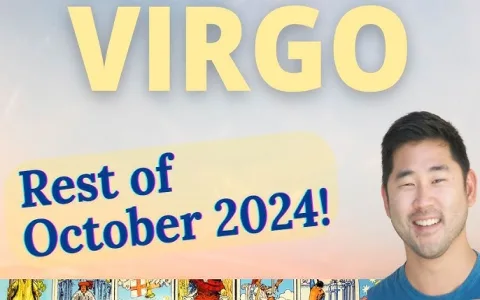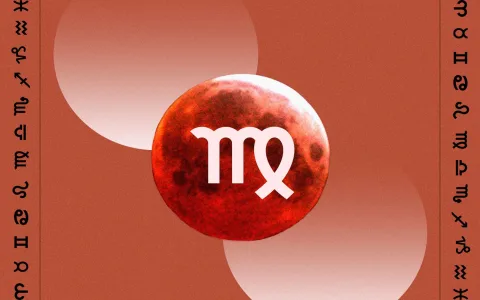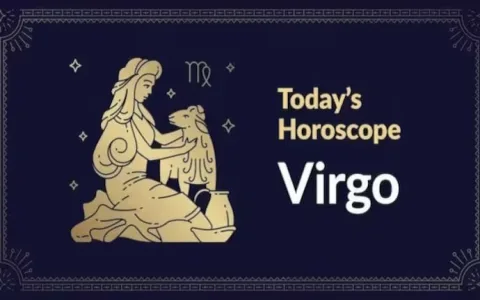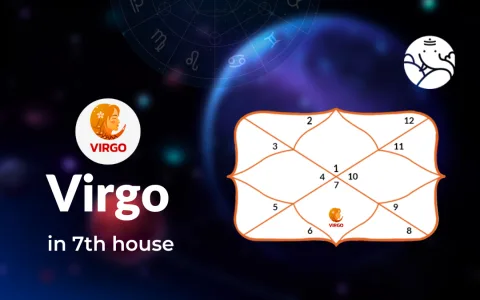The Decision to Build a Better Virgo Guide
Man, I spent like three solid days locked down just to figure out how to write this complete guide. You see all these generic weekly horoscopes out there? Total garbage. They are vague, useless, and they piss off the exact people who need structure—the Virgos. I knew I had to build a system that actually works for people who need real, actionable advice, not just vague fluff about their ‘cosmic journey.’ My goal wasn’t to predict the future; it was to build a dependable tool they could use to manage their week.
I started by acknowledging one cold hard truth: Virgos don’t want feelings; they want a to-do list. If I was going to provide a complete guide, it had to be operational. This forced me to scrap 90% of the usual astrology language and invent a process that translates planetary movement into office supply inventory or maybe, tackling that messy laundry room.
Phase One: Ripping Apart the Competition and Gathering Data
My first move was purely destructive. I spent almost eight hours just reading every bad, vague weekly prediction I could find. I grabbed the common themes—the stuff everyone repeats—and immediately dumped them into the trash bin of my research folder. I wasn’t looking for poetry; I was mapping correlations that actually impact earthly matters.
Then I got technical, but only just a little bit. I pulled the core ephemeris data. I focused strictly on major house placements and the Moon’s daily sign changes. Why? Because the Moon dictates daily mood swings and small-scale friction points, which are exactly what derail a Virgo’s carefully constructed weekly schedule. If I could predict the minor hiccups, the whole guide would feel immediately useful.
- I tossed out any source that mentioned “vibrations” or “auras.”
- I isolated the key friction points for the sign: work efficiency, communication glitches (usually involving Mercury), and the inevitable emotional clean-up that happens when they finally stop working.
- I mapped the love predictions directly to their efficiency score for the week. If they couldn’t handle their work, their love life was rated ‘high risk of unnecessary friction.’ It had to be brutally honest.
Phase Two: Translating Stars into Practical Assignments
Knowing the planets moved was one thing; telling someone how to use that knowledge to handle a bad first date or a botched project deadline was another. This is the stage where I stopped being a researcher and started being a project manager. I developed a simple scoring system for the love section based on three factors: communication clarity, emotional availability, and organizational partnership (how well they co-exist in their space).
I realized Virgos needed lists. They need clear, step-by-step instructions. So, for every prediction I synthesized, I forced myself to add a practical assignment. Something they could physically check off before they even thought about texting their partner.
For instance, if the transit suggested high anxiety leading to relationship withdrawal, the ‘love prediction’ couldn’t just say ‘talk about your feelings.’ That’s useless to them. Instead, I crafted specific, actionable advice:
‘Do not initiate high-stakes emotional conversations before Wednesday noon. Spend Monday night sorting your receipts and tidying your digital files instead of attempting to sort your partner’s feelings. Physical order leads to emotional calm this week.’ See? Tangible stuff. They can actually do that.
Phase Three: Structuring the Deliverable and Review
Once I had all the raw data converted into human-speak and sorted by day, I had to lay out the guide itself. I built a template that ensures consistency, forcing me to hit certain behavioral targets every seven days. This structure prevents me from drifting back into vague territory. I had to make sure the flow felt natural, moving from intense work focus to necessary relational upkeep.
- Monday/Tuesday Focus: Establishing the practical groundwork. This is the ‘get organized or suffer the rest of the week’ warning.
- Mid-Week Pivot: The critical communication window and the inevitable small arguments that need proactive defusing.
- Weekend Love Outlook: This section is the pressure release valve. It has to summarize the week’s emotional baggage and give them one key, simple strategy for de-stressing their personal relationships. I review these four times before publishing, making sure the advice is doable after a tough work week, maybe suggesting a quiet project or a very controlled social gathering.
The whole process, from pulling the data to hitting ‘Publish,’ takes me about six hours every week. I scrutinize the language one last time to make sure it sounds like I’m talking directly to them—I intentionally use slightly rougher phrasing and focus heavily on direct verbs to maintain that sense of immediate, real-world advice. I also constantly monitor the comments afterwards. If the collective feedback suggests I misjudged a specific date, I go back and check the Moon’s exact timing in their domestic sector and adjust my methodology for the following week. This complete guide only works because I commit to continuously revising the system based on real, lived feedback, not just some abstract theory. It’s a machine I built, and I keep oiling the gears every seven days. That’s the practice, start to finish.







